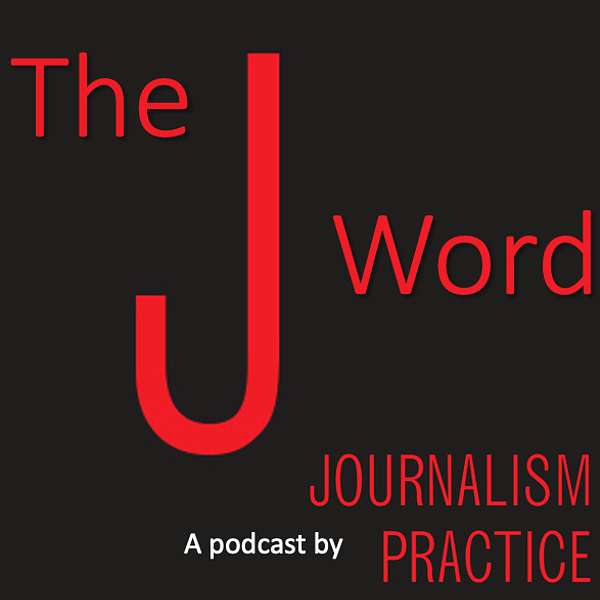
The J Word: A Podcast by Journalism Practice
The J Word: A Podcast by Journalism Practice
The J Word 4.4: Covering Climate Change Synergies
This episode extends conversations about climate change coverage to how journalists balance reporting on climate change’s synergistic effects – the related and consequential results of a changing climate.
This is the first of two episodes produced with Juliet Pinto from the Donald P. Bellisario College of Communications at Pennsylvania State University in the U.S. about a double special issue of Journalism Practice with 16 articles from across the globe focusing on the question above – just how do you cover the synergistic effects of climate change? Juliet is also co-editor of the book Climate Change, Media & Culture: Critical Issues in Global Environmental Communication, as well as News Media Coverage of Environmental Challenges in Latin America & The Caribbean: Mediating Demand, Degradation, and Development.
Guests include Waqas Ejaz at the National University of Sciences and Technology in Islamabad, Pakistan, about complications of mis- and dis-information around climate change there, Anne Hege Simonsen at the Department of Journalism and Media Studies at Oslo Metropolitan University in Norway who talks about visual meanings and contradictions in news images of land-based wind turbines, and BBC News Lab’s David Caswell who discusses the potential of structured journalism in better covering climate news.
This special issue and podcast episode is a result of a 2020 Lancaster University Data Science Institute Workshop titled UK Underwater. You can learn more about that workshop at ukunderwater.com.
Text and Resources Featured in this Episode:
Simonsen, A. H. (2022). Blowing in the Wind—Norwegian Wind Power Photographs in Transition. Journalism Practice, 1-19.
Ejaz, W., Ittefaq, M., & Arif, M. (2021). Understanding Influences, Misinformation, and Fact-Checking Concerning Climate-Change Journalism in Pakistan. Journalism Practice, 1-21.
Produced and hosted by Robert (Ted) Gutsche, Jr.
Give feedback to the podcast on Twitter @JournPractice or email jwordpodcast@gmail.com
